Guided and Non-Guided LVDT AC

AC coupled LVDT 2-200mm

AC LVDT for general purpose

AC LVDT for general purpose
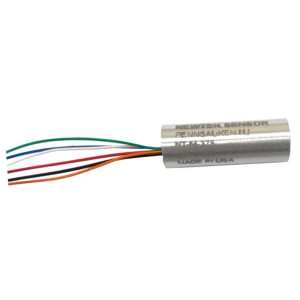
AC LVDT for rugged environments

AC LVDT for Extreme High Temperature
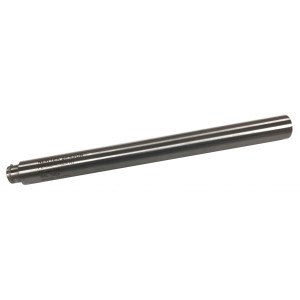
Hermetically sealed AC LVDT
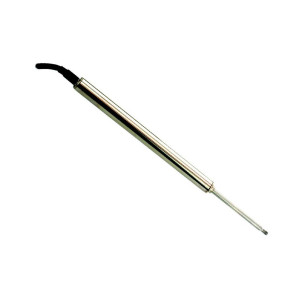
Short stroke LVDT 8mm external diameter
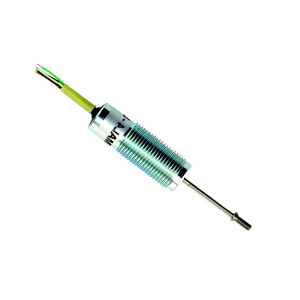
Short stroke LVDT M12 external thread
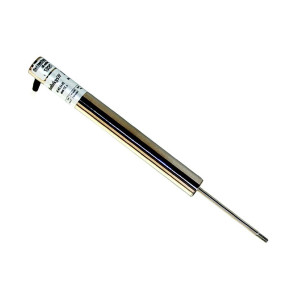
Long stroke AC coupled LVDT
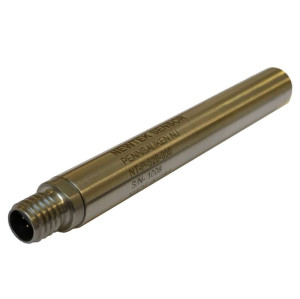
LVDT for high pressure environments
Frequently Asked Questions About Guided and Non-Guided AC LVDTs?
Learn about the differences between guided and non-guided linear position sensors, their core movement mechanisms, and applications in precision measurement and industrial automation.
The key difference lies in the core movement mechanism.
A guided AC LVDT has an internal core connected to a shaft or probe that is supported and aligned by precision bearings or bushings. This makes it ideal for applications where consistent probe alignment and controlled motion are required.
A non-guided AC LVDT features a loose, unattached magnetic core that must be moved by an external actuator or mechanism. It offers greater mechanical flexibility and is often used in harsh or customized setups.
Greater design flexibility for custom applications, No mechanical wear since the core is not physically constrained, Ideal for environments with extreme vibration or where non-contact motion transfer is needed.
Both types provide a differential AC voltage output that varies with the core's position. This output typically requires an external signal conditioner to convert it into a standard DC voltage or digital signal.
They typically operate with an AC excitation voltage of 1–10 V RMS, at frequencies ranging from 2 kHz to 10 kHz, depending on the sensor design.
Precision dimensional gauging, Quality inspection systems, Automated thickness measurement, Industrial actuators with known probe alignment.
Hydraulic/pneumatic cylinder position feedback, High-vibration or high-temperature systems, Custom test setups where the core is independently guided, OEM integration where the guiding mechanism is already in place.
Yes. Both guided and non-guided LVDTs are calibrated during setup with their signal conditioners to ensure accurate displacement measurement over the required range.